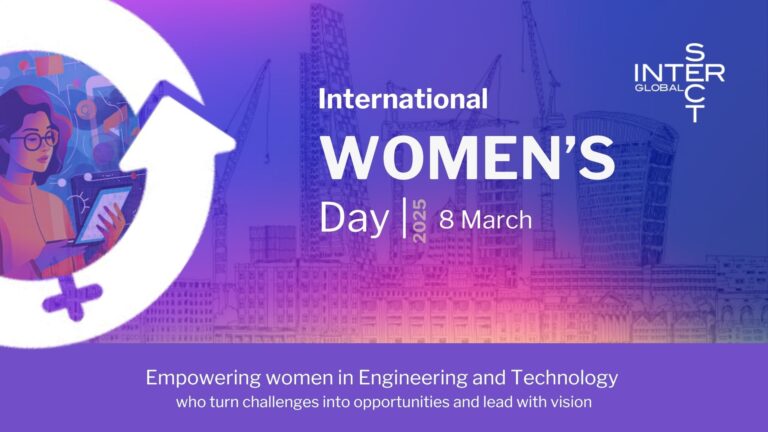
Sustainability is thankfully becoming more forefront when businesses are setting out their objectives or their company’s mission statements and values.
In 2015, the United Nations, set out the Sustainable Development Goals (also known as the SDG’s) of which there are 17. These goals aim to provide peace and prosperity for our planet and for people now and into the future.
Using the SDGs as guidelines, individual countries have then set out their own targets to meet these goals.
By 2050, the UK Government aims to cut carbon emissions by at least 80%, compared with the country’s 1990 baseline figure of 592.1 million tonnes of carbon dioxide. (Please note, this is a domestic baseline target and excludes emissions from international aviation and international shipping).
Construction projects have historically been a significant contributor to the use of resources and environmental pollution, but advances in design, engineering, and a greater awareness to reduce carbon omission has been how the construction industry plays its part in helping the UK meet the Government’s Green Growth Plan.
The Institution of Civil Engineers has acknowledged the part the civil engineering sector can play in building a more sustainable future for the planet. It has also stressed how important it is for individual companies to collaborate to ensure that green targets are achieved.
Some examples of what is being done to make civil engineering more sustainable:
- Construction companies are using more environmentally friendly materials such as wood, which is effectively carbon-neutral, and sheep wool which is increasingly being used for insulation purposes rather than a manufactured alternative.
- Using artificial products such as manufactured sand can be a more eco alternative, instead of extracting it from the environment and transporting it across long distances.
- Recycling materials which would otherwise be destined for landfill is another way of cutting CO2 emissions.
- Projects such as high-rise buildings can be made more sustainable by sourcing their own energy with the installation of roof top solar panels or wind turbines.
- Companies can use prefabricated components which are manufactured offsite in a controlled environment. This helps to cut down on the time spent on the construction site, reducing noise levels and CO2 emissions.
Sustainable engineering also involves being more aware of, and cutting down on, emissions during the process, for example, with the use of plant and machinery. One method of achieving this is by sourcing materials locally.
Green engineering solutions need not be more expensive than conventional practices. There may be a short-term increase in costs, but this can be recouped in the long term by using renewable energy from sources such as solar cells.
Sustainable engineering can also refer to renewable energy projects which will bring long-term benefits to the environment. These include harnessing wave and tidal power -onshore and offshore wind farms also fall into this category.
In July 2018 the UK Government announced £557m pounds worth of financial support to increase offshore developments in the UK. Ministers will hold contract auctions to developers, every two years, over the next decade, under the Governments energy plans. This will see almost a third of Britain’s power being generated by offshore wind turbines by 2030.

Photo credit: BBC- https://www.bbc.co.uk/news/uk-england-sussex-
See the Rampion Offshore wind farm website for more information on their work off the coast of Sussex.
Another growing sector of green engineering is biomass, which involves creating energy by burning wood or other organic matter. In the UK a project is underway to build a £160million biomass plant in Sandwich, Kent, which will be able to supply power to 50,000 homes.
Civil engineers are tasked to find complex solutions to the increased need for sustainability and environmentally conscious projects all over the UK.
If you are looking for a new challenge and contribute to making Civil Engineering greener, head over to our website to see a selection of Civil Engineering roles advertised.
Can’t find what you are looking for? Get in touch





